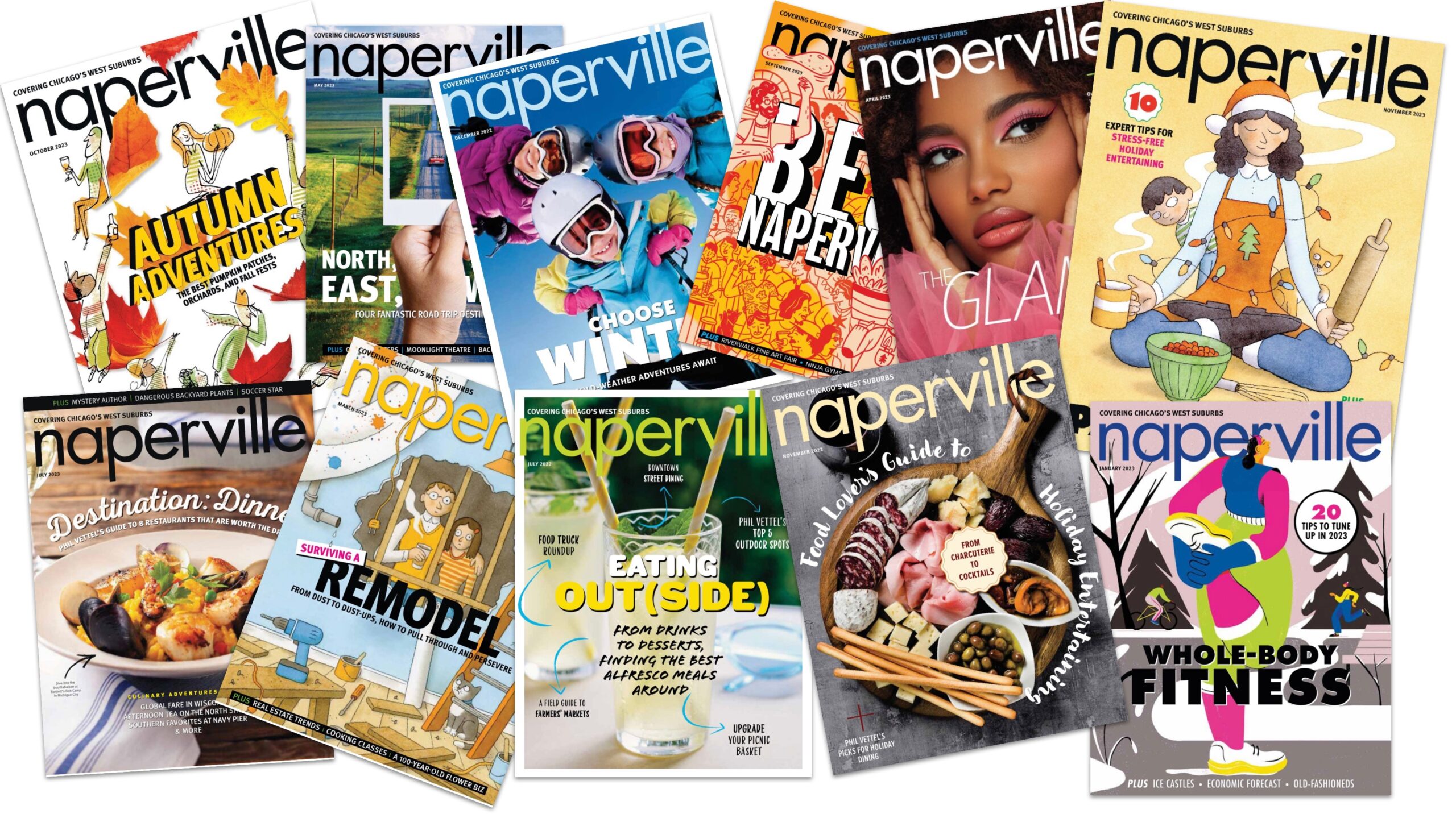
Kid Knit
Sometimes a children’s book can be just as fun for adults to read as it is for the…
Read Full Post

Sights of the Season
People, places, and scenes around the area
Read Full Post

A Party in Eden
This foodie couple celebrates with fabulous fare and Fox River views
Read Full Post

For Art’s Sake
Enrich your day at these three local art galleries
Read Full Post

Staying Afloat
Water safety is serious business
Read Full Post

Hot to Trot
Six barns that offer riding lessons
Read Full Post

New and Neutral
A kitchen remodel turned into a full first-floor renovation
Read Full Post

The Rug Ratio
When it comes to what size rug to use in a room, there are a few different schools of…
Read Full Post

Castle Keeper
This Naperville estate is something of a royal refuge
Read Full Post

Hidden Gem
Hidden Oaks Nature Center in Bolingbrook recently reopened
Read Full Post

Made in the Shade
Five unique options that will put the traditional beach umbrella to shame
Read Full Post

Divine Heights
Journey to Garden of the Gods near the southern tip of Illinois
Read Full Post




